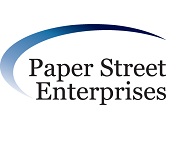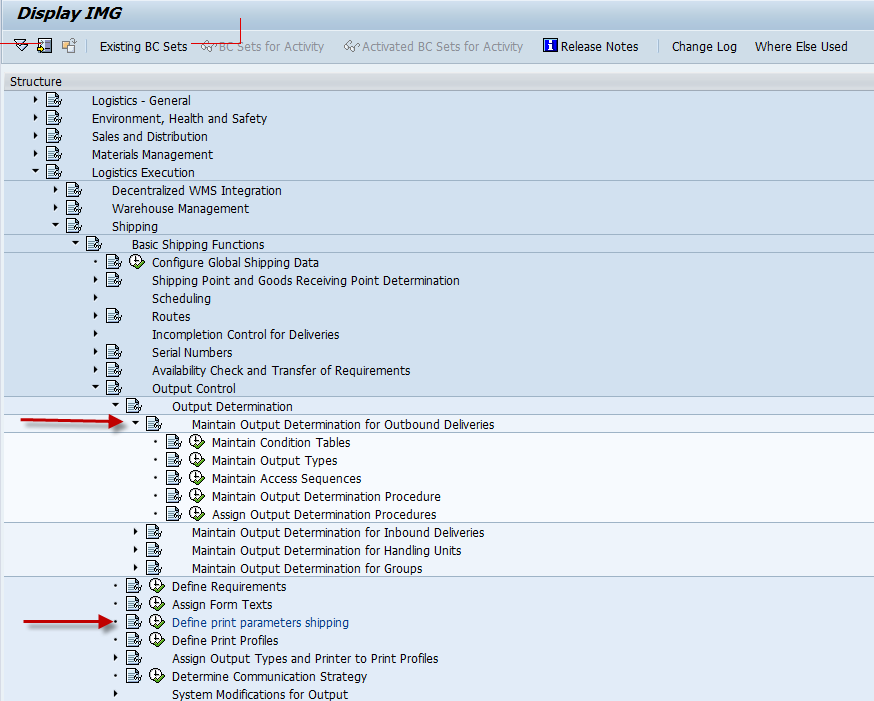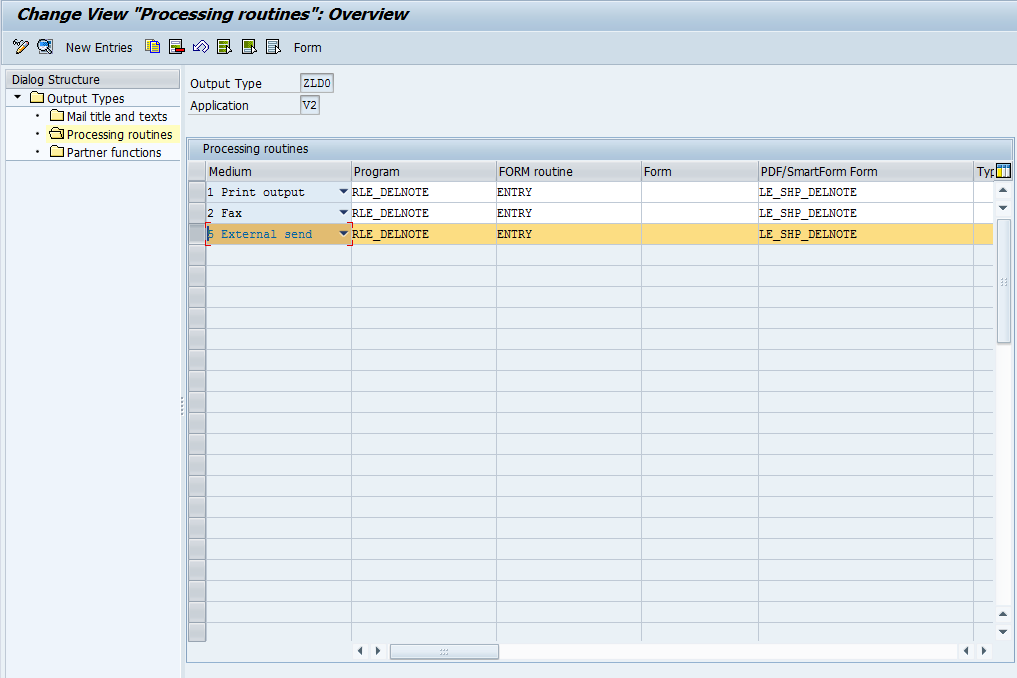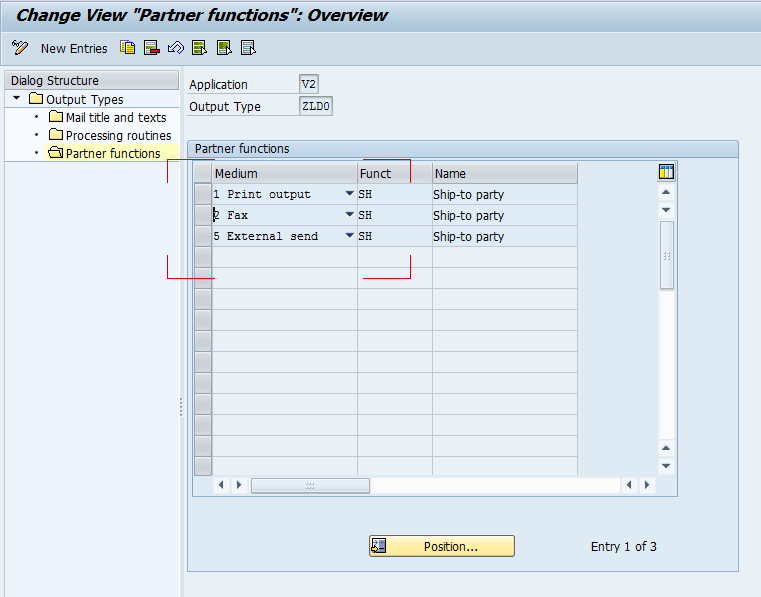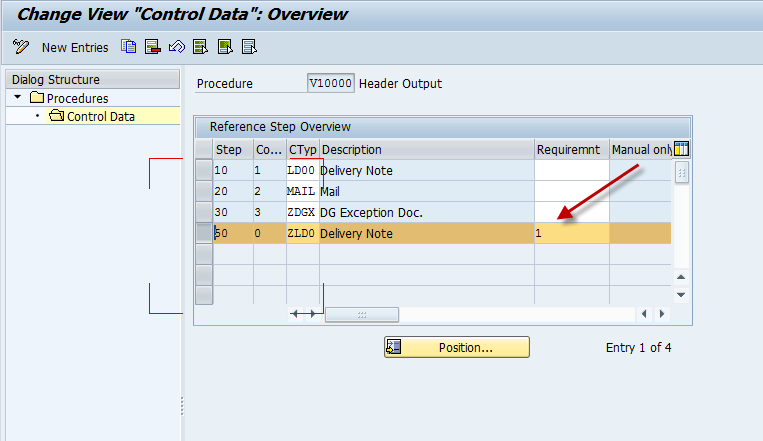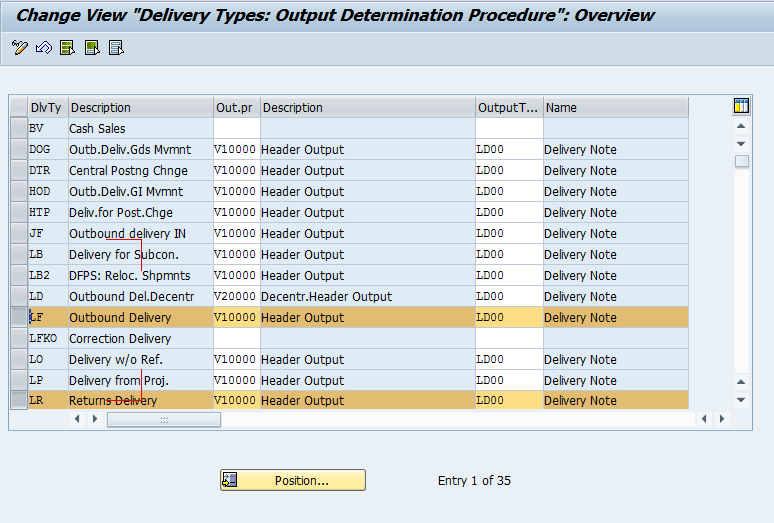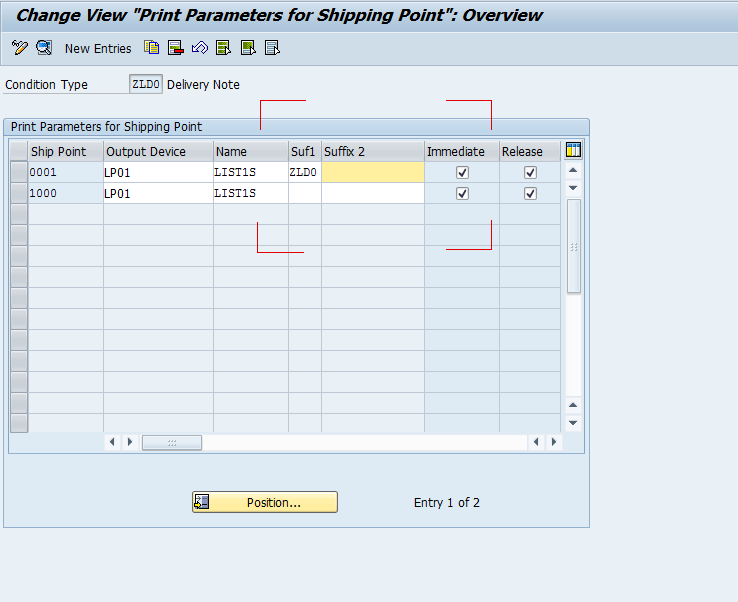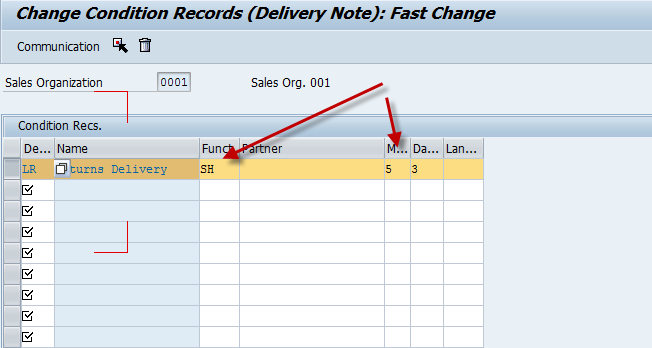Recently, a friend of mine came to me with a question about using a configurable material on a stock transfer order. Now I’ve never actually tried to do this, so I had to do a little research of my own. In my experience, the only way to accomplish this was always using a material variant. I was going through my head, thinking of my past projects and trying to remember if I’ve encountered this before. The closest I came to is very first job. But there EVERYTHING was a material variant. So that didn’t help me =)
However, when I’ve played with this at previous projects, the result always ended up the same. Anytime you attempt to “stock” a configurable item there are always issues. The concept of an STO is similar to a purchase order between 2 plants, only you get to skip the sales order. The problem occurs because there is no linkage between a purchase order and supplying plant (MRP) even though you use special procurement keys. So even though you might generate demand, you’ll have issues pulling the BOM and Routing because the configuration doesn’t get passed.
So, in general, the only way to accomplish the “stock transfer order” concept using a configurable material is to either 1. use a material variant 2. Create a purchase order for the configurable item in the “requesting” plant and a sales order for the same configuration in the manufacturing plant. Neither of these options are ideal due to the amount of data that must be created on both plants.
I guess that’s the price of VC. If anyone has a better approach, I’d love to hear it. This certainly doesn’t seem like the best option.
Thanks for reading,
